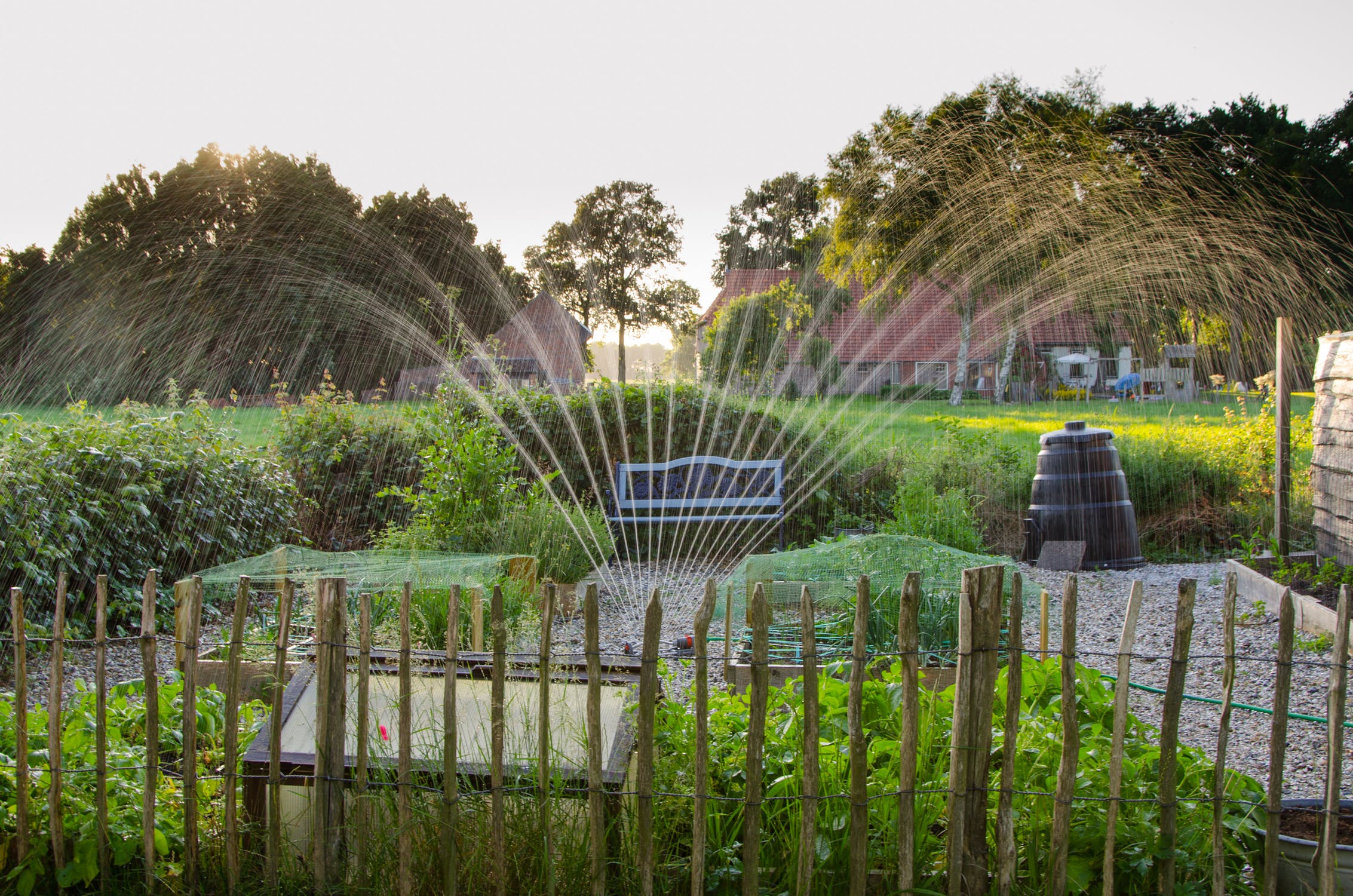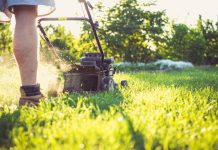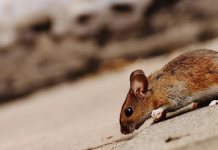Water is one of the most important commodities on earth as the survival of every living thing on the planet depends on it. It’s important for everyone in a community to take every effort to conserve water, especially in times of drought. However, it’s always a good idea to conserve water even if there’s enough of it to go around. To help you get started on this endeavor, here are some of the things you can do to minimize water use in your garden.
- Choose a water fountain that looks good even if it’s dry. Generally speaking, water fountains don’t use up that much water since they reuse the water they’ve originally been supplied with. However, they do need regular topping up as the water level can go down due to evaporation, among other things. If you want to reduce water use in your garden or if you’re planning to turn on your tiered water fountain only on special occasions, then it’s a good idea to go with a fountain design that looks great even if the fountain is dry. If you often host parties in your property, however, it would be best if you keep your fountain running. This way, you won’t have to replace its water every now and then or turn its motor off and risk transforming it into a haven for insects that love staying and breeding in still waters.
- Place water features or ponds under a shade. As mentioned before, evaporation is one of the primary causes of water loss in ponds and other water features. Ponds lose a bit of water and may need topping up once a week or so. You can further reduce the need to add water to your water features by positioning them under a shade. This helps block out the sunlight and slow down the rate of evaporation. You can set your birdbath under a tree, for example. Alternatively, if the fountain has already been set in place, you can put an attractive roof over it to get the same effect.
- Replace your lawn. It may not seem apparent at first, but your lawn consumes a lot of water. Yes, you are paying a high price just to keep your lawn looking green. If you’re serious about minimizing water use, then seriously consider replacing your lawn with something less water consuming. In place of real grass, you can use something low-maintenance, like pea gravel or even artificial turf. By doing so, you not only save water but also give your garden a bit more of a ‘grounded’ feel.
- Put up a wind barrier. Aside from putting up structures that will add shaded areas to your garden, there’s another way to bring down the rate of evaporation. Putting up fences, screens, or even planting shrubs and trees along the perimeter of your property can help reduce wind speed in your garden. This, in turn, can help slow down evaporation, which means you won’t have to add water to your fountain or water your plants as often as you used to.
- Check for leaks and breaks. If you’ve done everything in this list and it still seems that you’re using up more water than needed, then it’s time to check your pipes and hoses for leaks. You can do this by yourself, but there are also professionals who specialize in this kind of service. If you need quick action and results, get a professional and have her check your water systems and repair any breaks or leaks.
You don’t always have to sacrifice your garden’s beauty just to live a more eco-friendly lifestyle. With advance planning and a little creativity, you can easily incorporate garden features that economize water use in a way that will complement the overall design of your property.



















